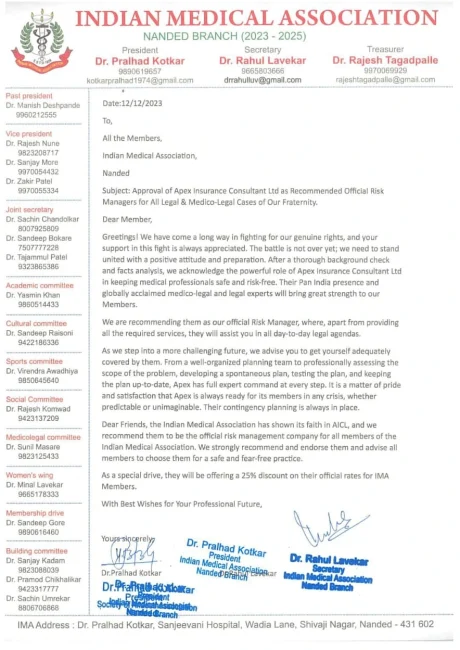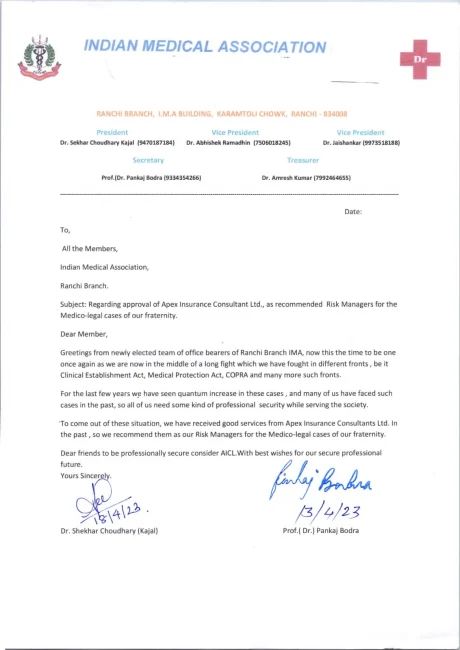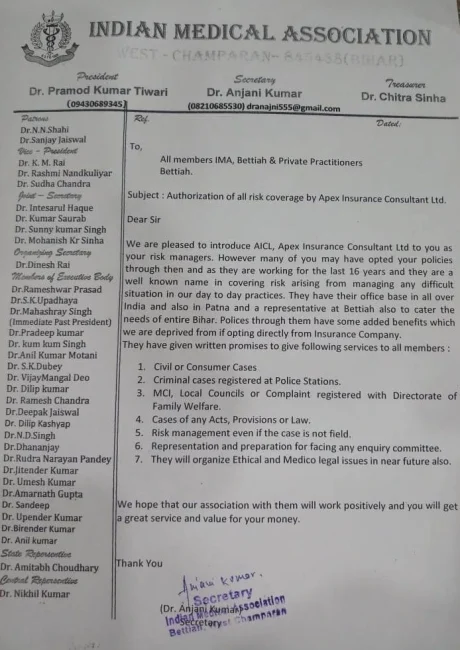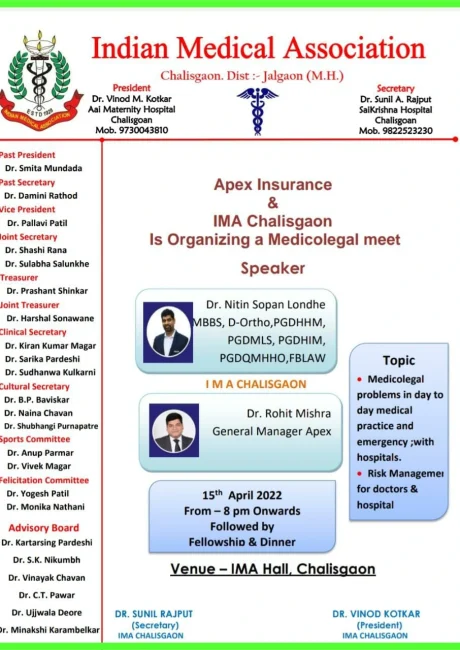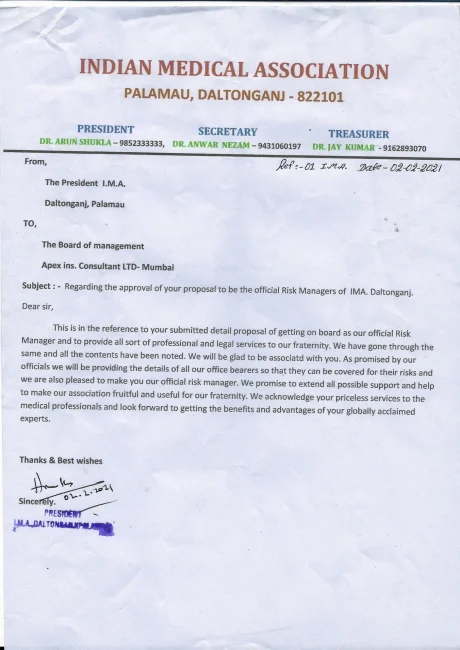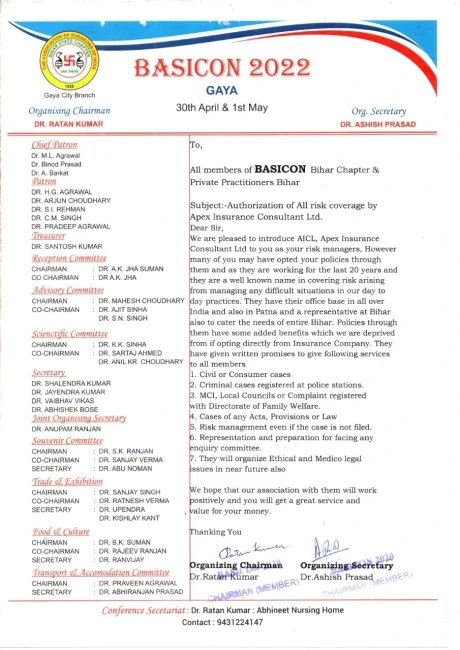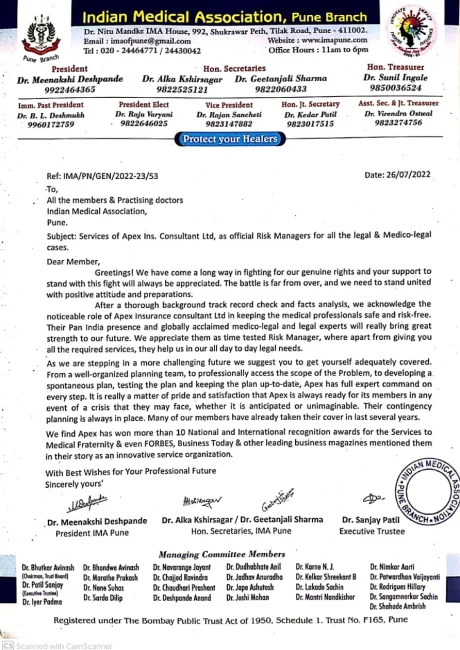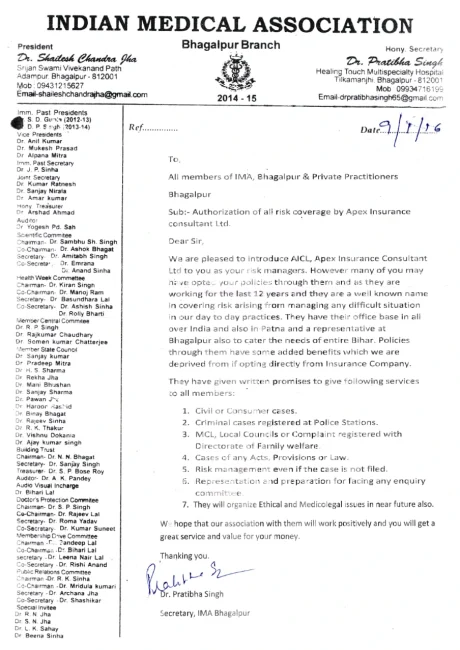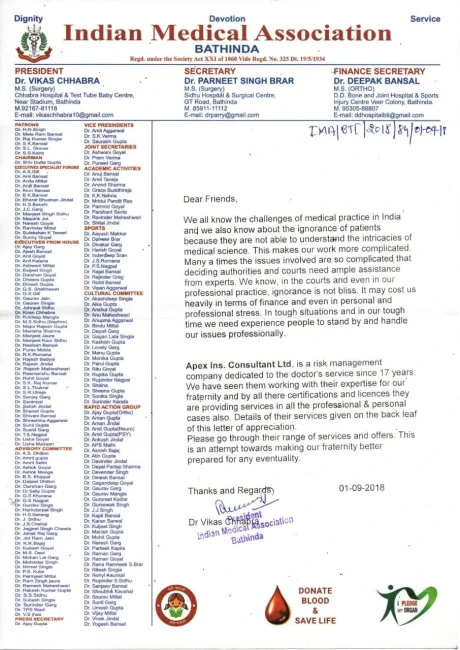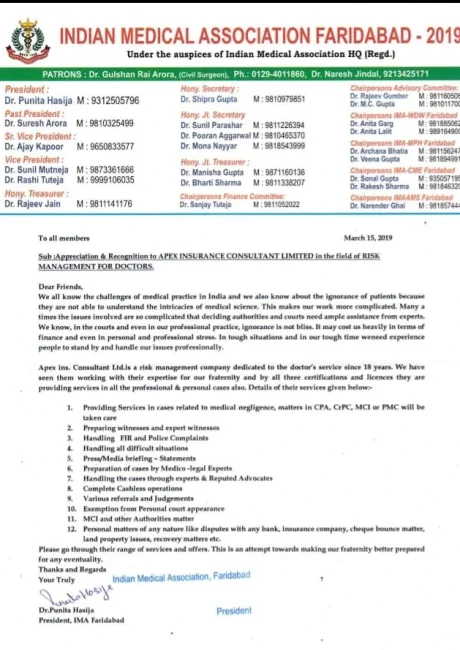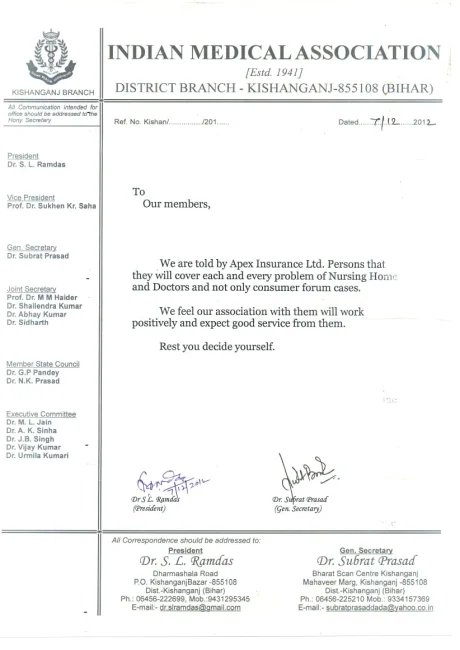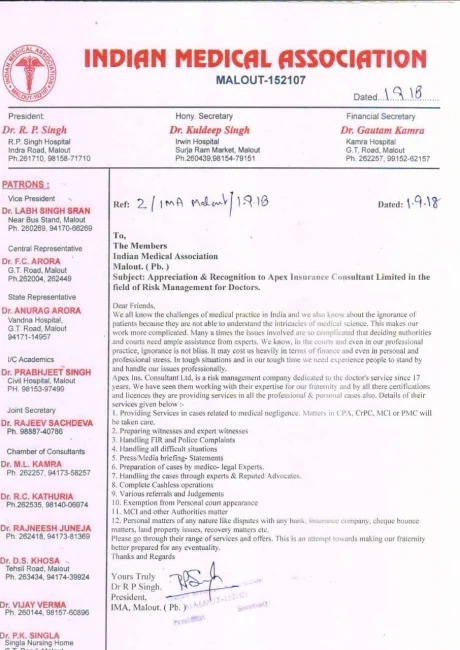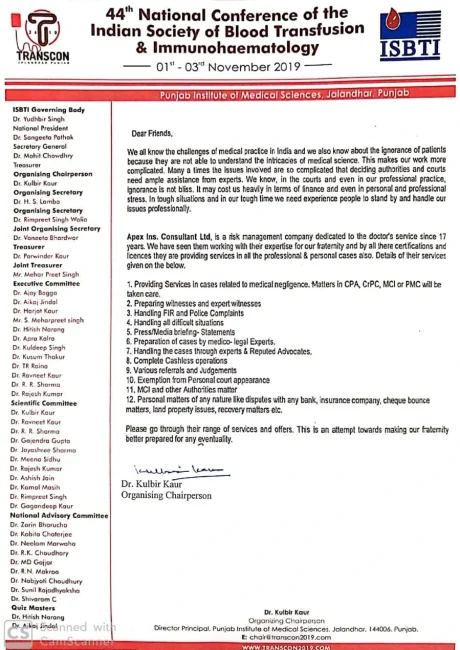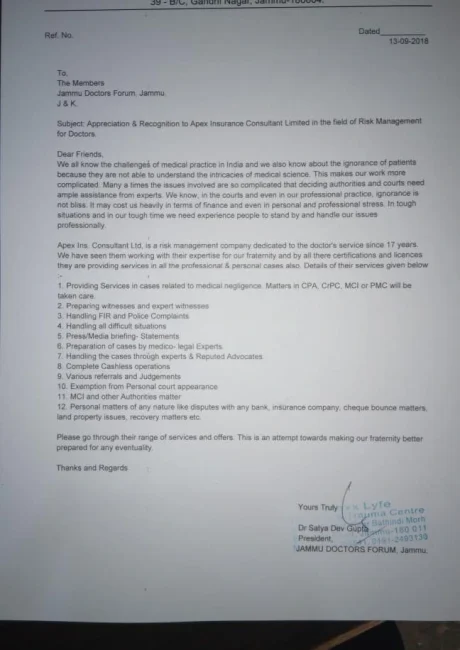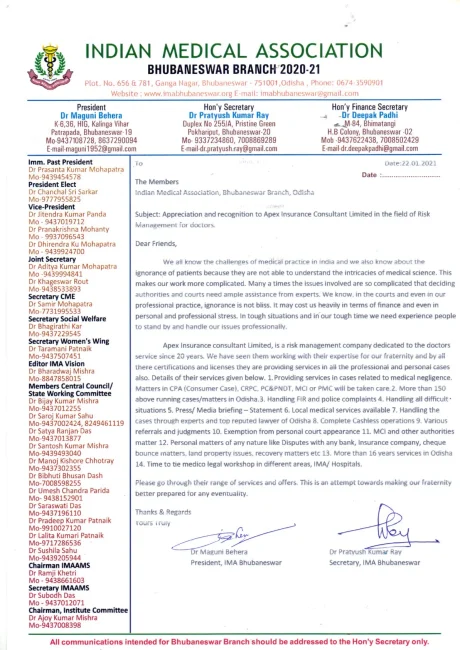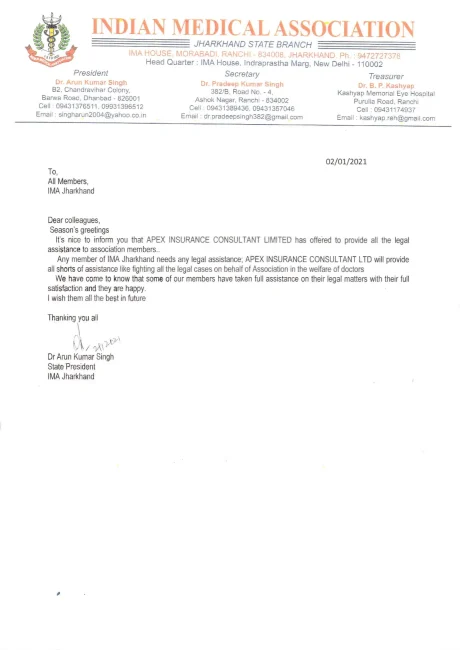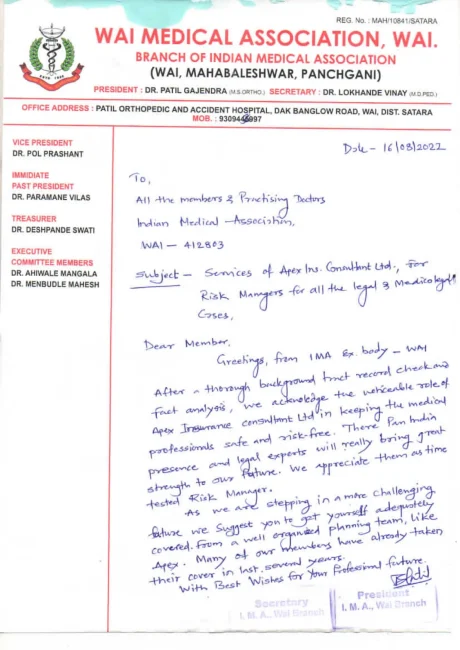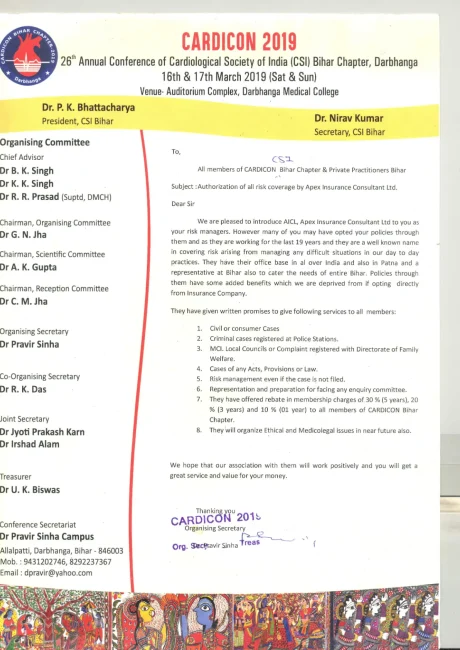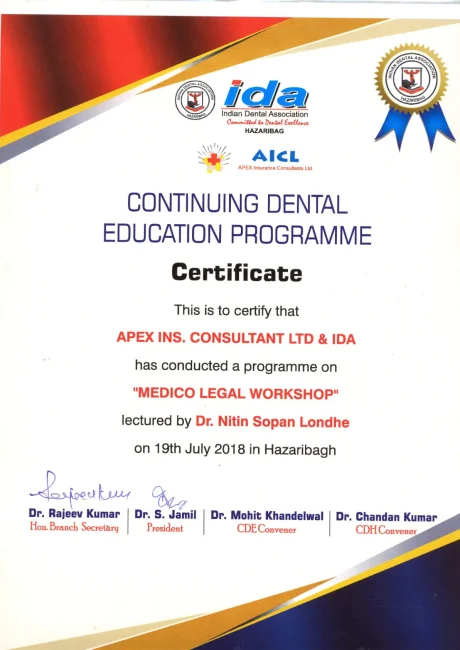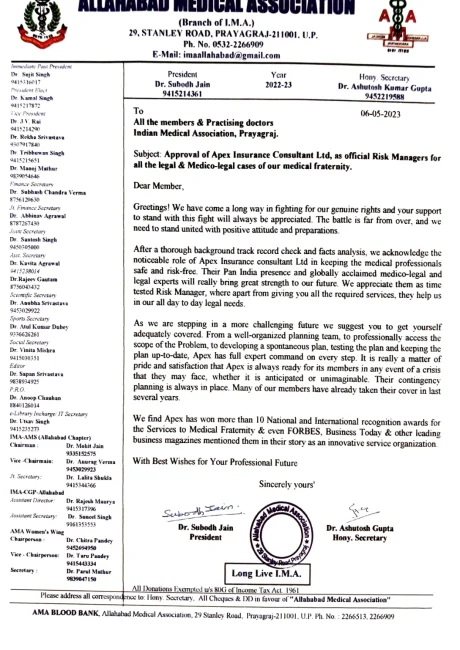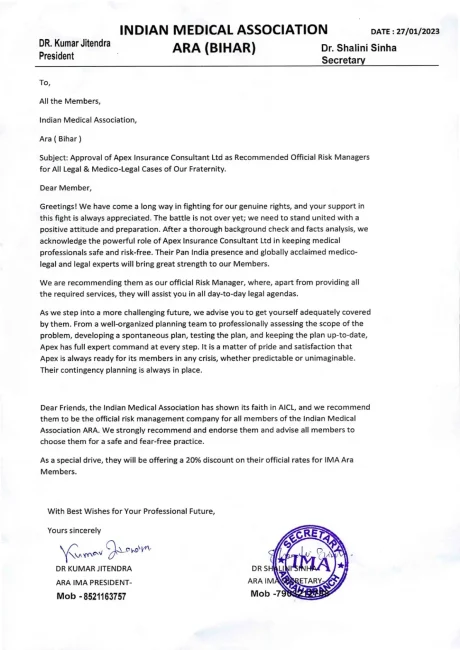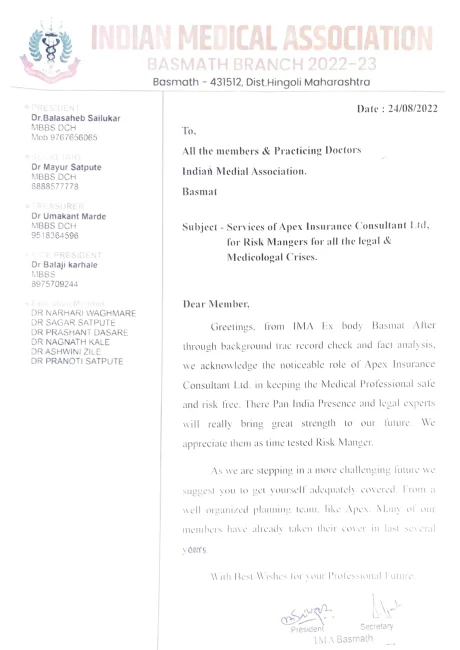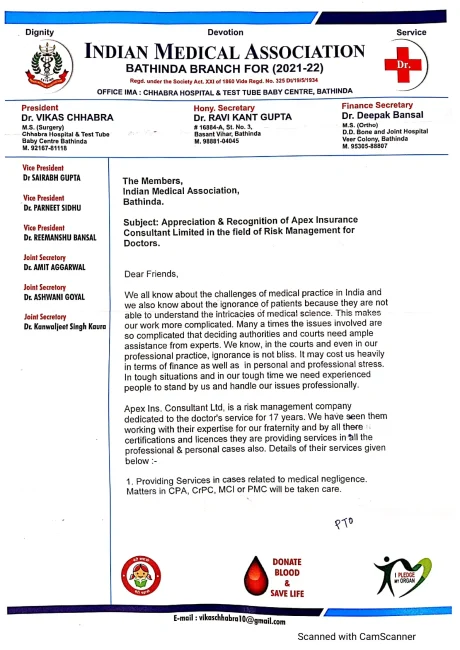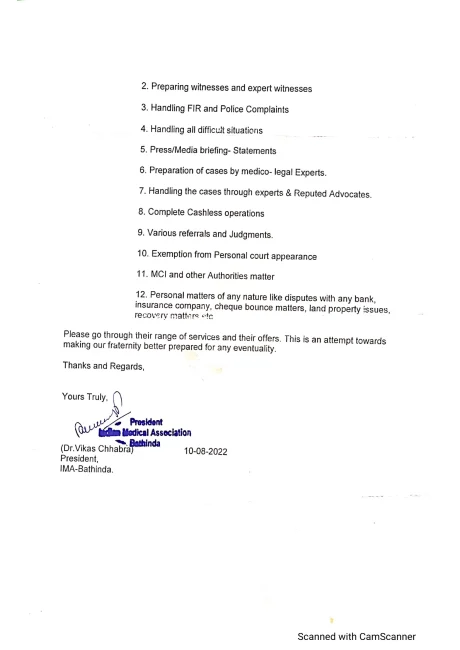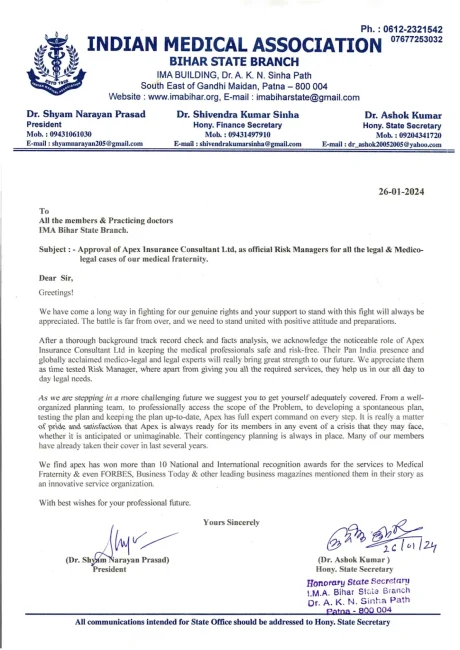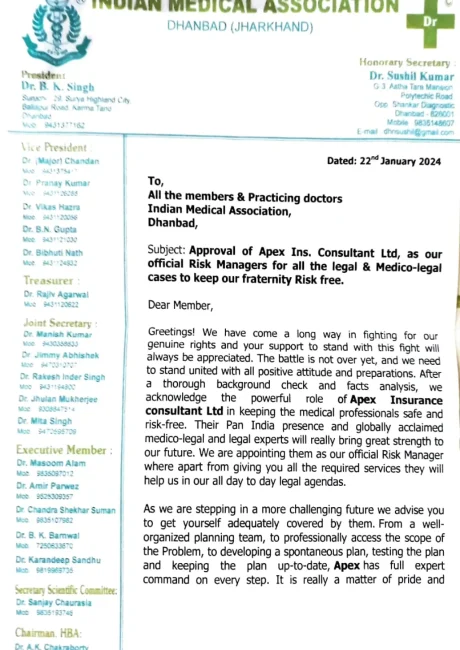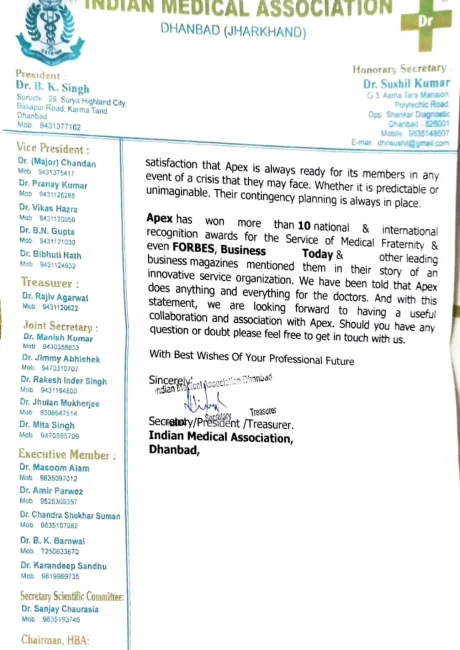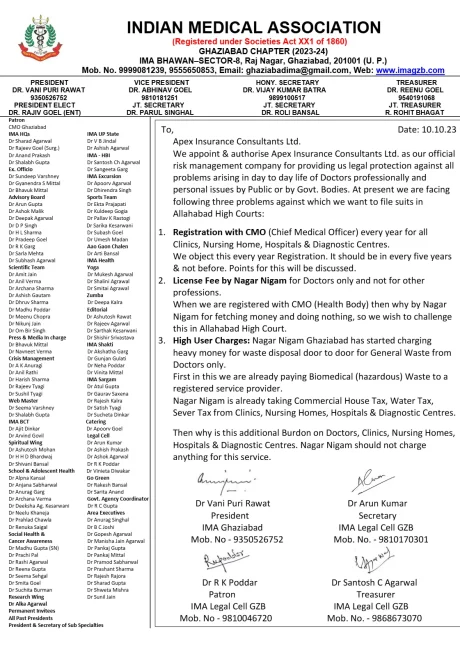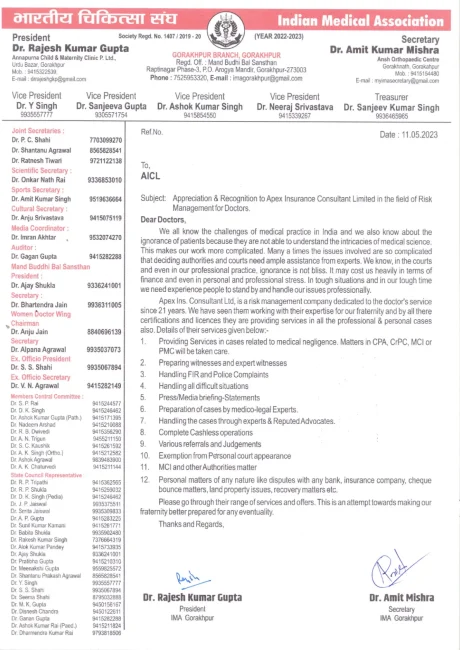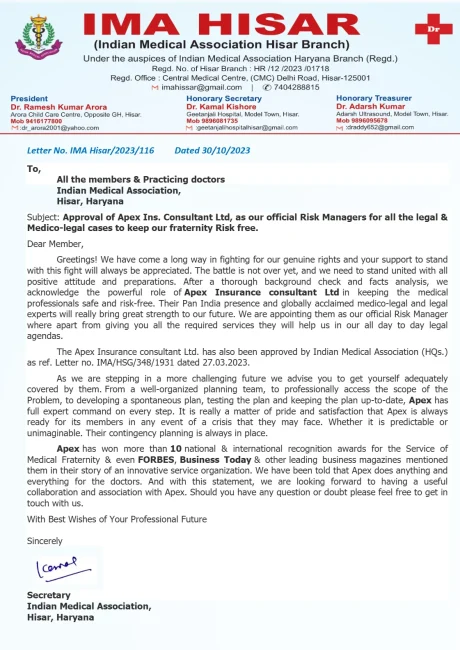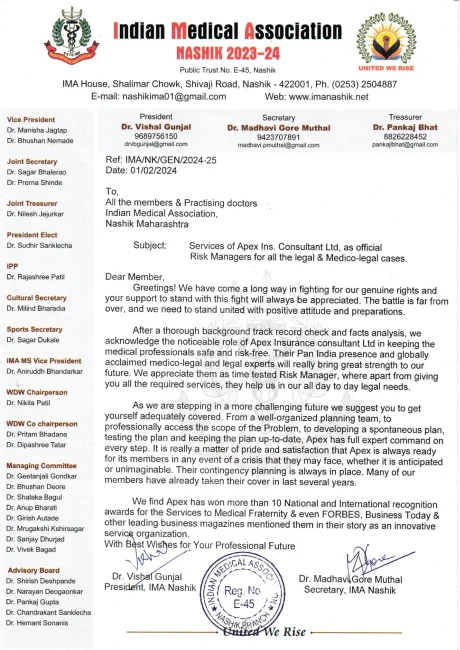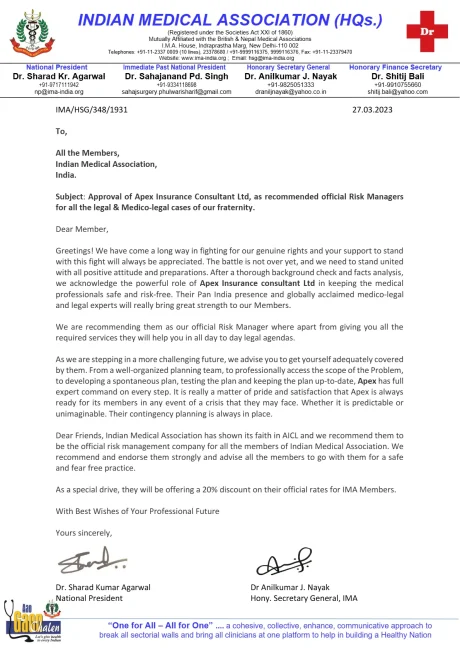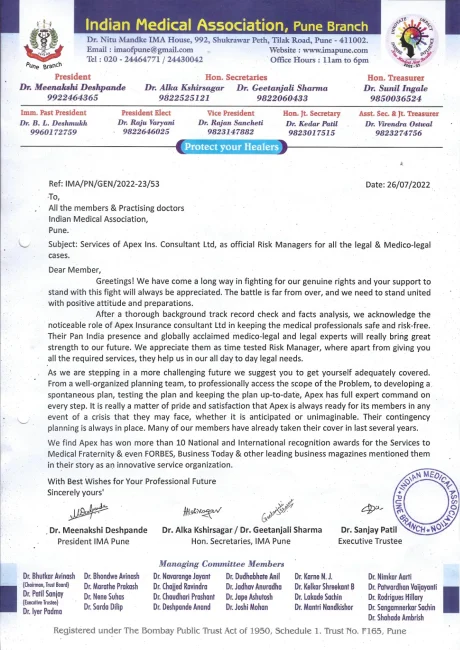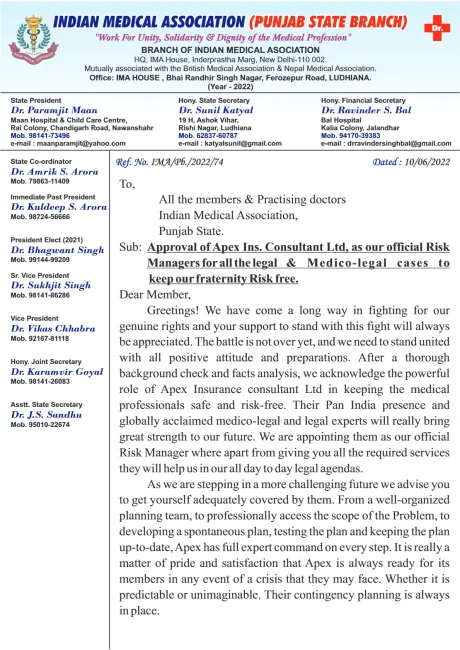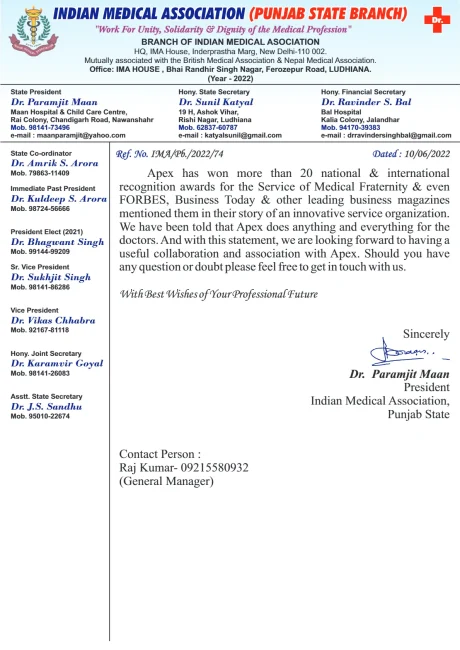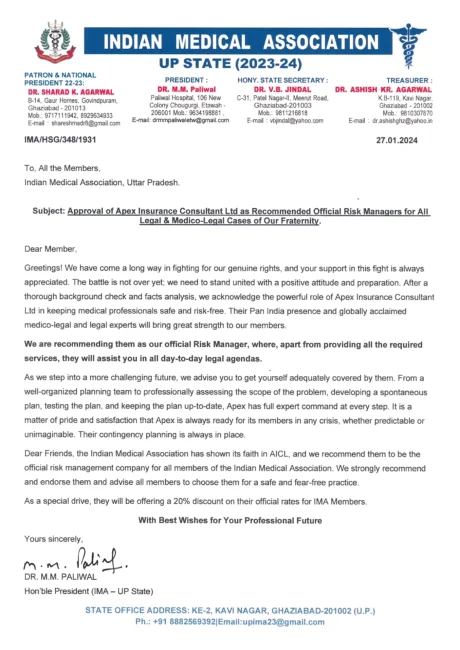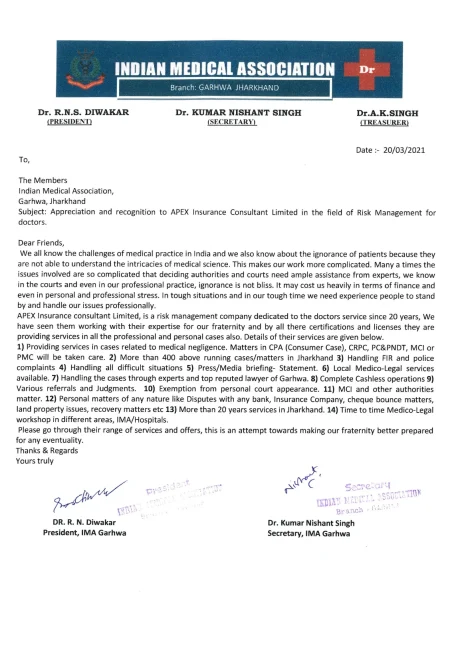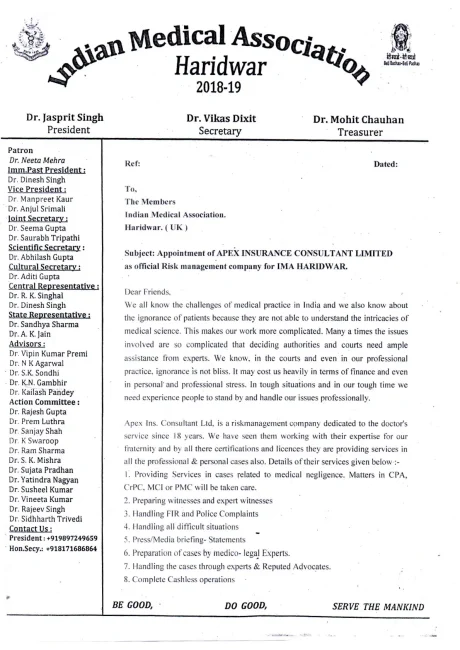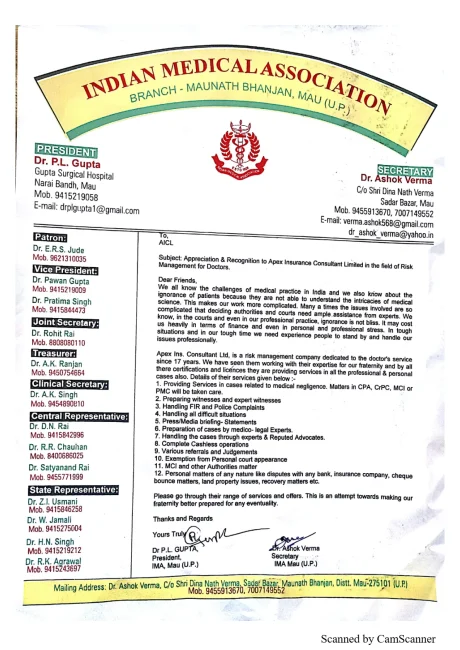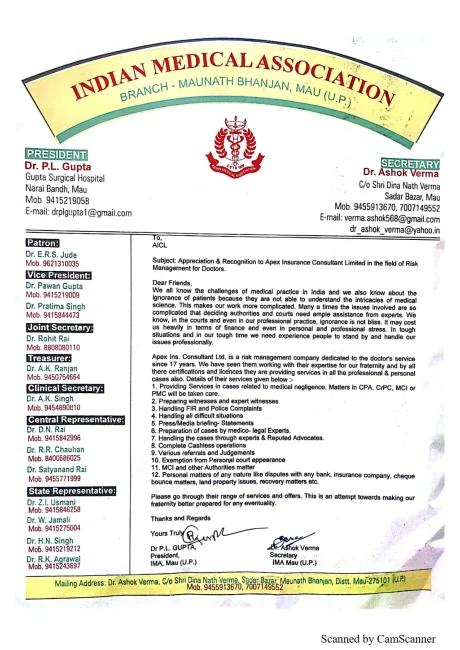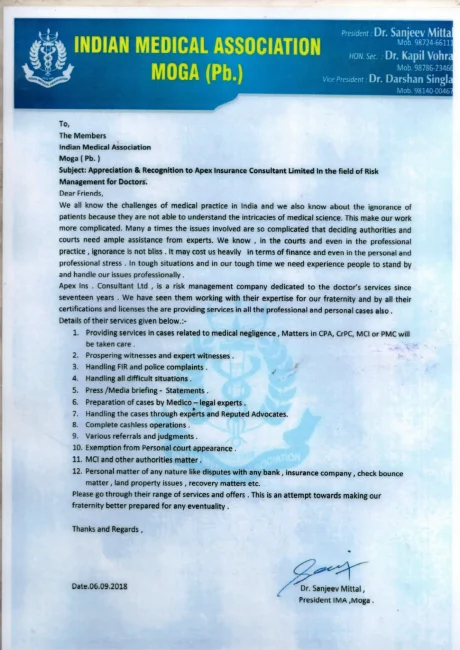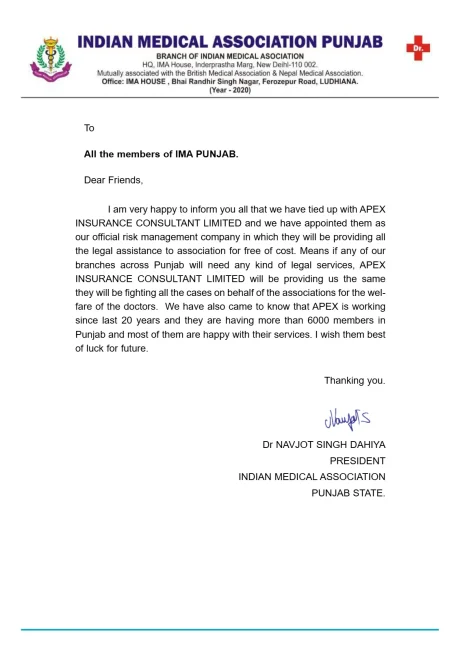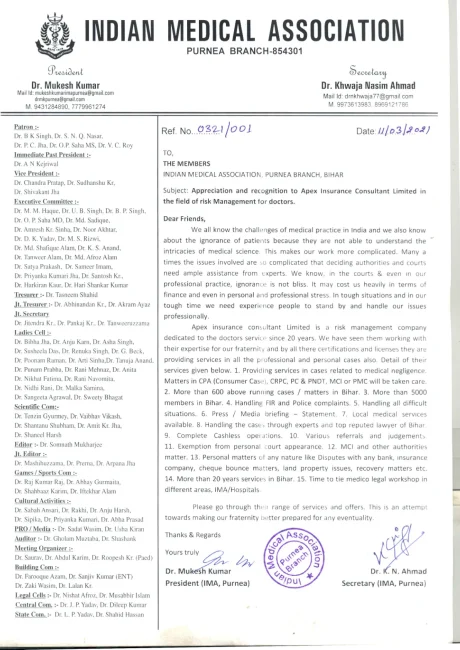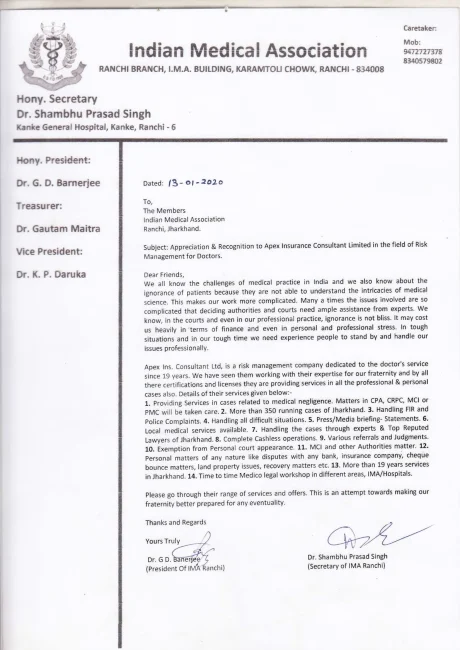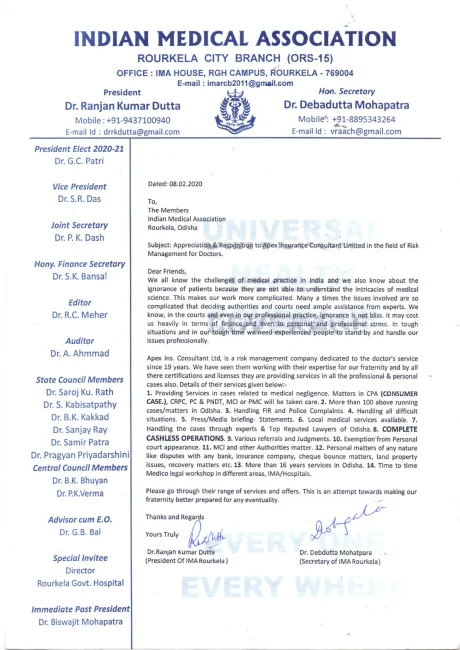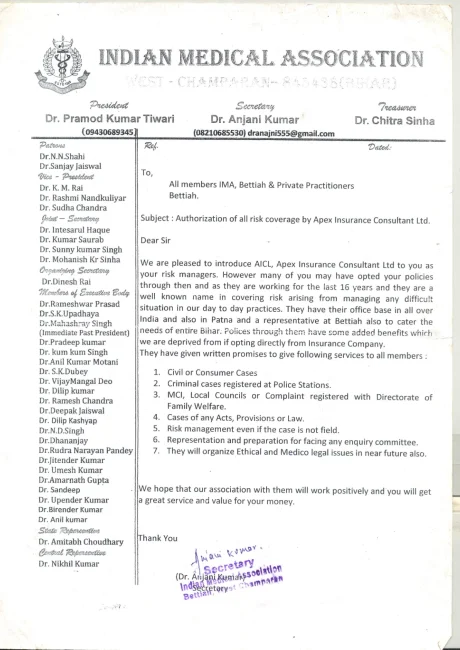By Dr. (Prof.) Mahesh Baldwa,
M.D, D.C.H, FIAP, MBA, LL.B, LL.M, PhD (law)
SENIOR PEDIATRICIAN & MEDICOLEGAL ADVISOR
Formerly Assistant Professor of Pediatrics at T.N. Medical College and Nair Hospital, Mumbai-
400008
Ex. Asst. Professor JJ Hosp, Grant medical college
Ex. Professor, paper setter & examiner of law to postgraduate students of University Department of
Law, University of Mumbai
Baldwa Hospital, Sumer Nagar, S.V. Road, Borivali (West) Mumbai 400 092
2. Dr. Sushila Baldwa, MBBS, MD, consultant, Apollo clinic (part of Apollo Hospital),
Kandivali west, Mumbai
3. Dr Namita Padvi, MBBS, MD,DNB, PGDML, Fellowship in pediatric anesthesiology,
Assistant Professor of Pediatric medical s at T.N. Pediatric medical College and Nair
Hospital, Mumbai-400008
4. Dr Varsha Gupta, MBBS, MD, PGDML, Senior resident in department of pathology,
Government medical college, kota, Rajasthan
Introduction:
An increasing proportion of healthcare resources in the United States are directed toward an expanding group of complex and multimorbid patients. Minimally Disruptive Medicine (MDM) is a theory-based, patient-centered, and context-sensitive approach to care that focuses on achieving patient goals for life and health while imposing the smallest possible treatment burden on patients’ lives. Minimally disruptive medicine (MDM) seeks to advance patient goals for health, health care, and life, using effective care programs designed and implemented in a manner that respects the capacity of patients and caregivers and minimizes the burden of treatment. Minimally Disruptive Medicine is an approach to patient care in chronic illness proposed by Carl R May, Victor Montori, and Frances Mair.
first in 2009 and now recently in 2015 article in the British Medical Journal they argued that the burden of illness (the patho-physiological and psychosocial impact of disease on the sufferer) has its counterpart in the burden of treatment (the workload delegated to the patient by health professionals, which may include self care and self-monitoring, managing therapeutic regimens, organizing doctors’ visits, tests, and insurance). As medical responses to illness have become more sophisticated, the burden of treatment has grown, and includes increasingly complex techniques and health technologies (such as telecare) that must be routinely incorporated in everyday life by their users. Minimally Disruptive Medicine is an approach to designing patient care that seeks to consider the effects of treatment work, and in particular to prevent overburdening patients . Overburdening leads, May, Montori and Mair argued, to structurally induced non-compliance with treatment, in which it becomes progressively more difficult for patients – especially older patients with multiple co-morbidities – to meet the demands that therapeutic regimens place upon them. Minimally Disruptive Medicine has a theoretical basis in Normalization Process Theory, which explains the processes by which treatment regimens and other ensembles of cognitive, behavioural and technical practices are routinely incorporated in everyday life.
Non-adherence, culpability, and susceptibility
Poor adherence to medical advice and drug regimens is a global problem with a long history. Non-adherence is important because many therapeutic interventions are effective only if used correctly, which requires continuous personal investment of time and effort from patients. The epidemiological transition from acute diseases, where the emphasis was on cure, to chronic illnesses that instead require management also means that patients take on a lifetime burden. Poor adherence can lead to complications in professional-patient relationships, additional ill health and expenditure for patients and their families, and the waste or misallocation of healthcare resources.
Burden of treatment to multiple chronic disease patients:
The burden of treatment represents the challenges associated with everything patients do to care for themselves. For example: visits to the doctor, medical tests, treatment management, and lifestyle changes… Patients with chronic conditions find it difficult to integrate everything asked of them by their healthcare providers in their everyday life (between work, family life and/or other obligations). Treatment burden is associated, independently of illnesses, with adherence to therapeutic care and could affect hospitalization and survival rates.
Treatment burden for patients exhibiting multiple chronic conditions can be assessed using validated tools that may help in the development of treatment strategies that are both efficient and acceptable for patients.
Defining individual, family, community and societal responsibility is complex. Doing so while continuing to honor the delicate patient-health professional relationship represents an even greater challenge.
For some time, social scientists have recognized that these relationships are evolving – from paternalism to partnership, from individual to teams, and from directed decisions to mutual decision making.
“We need to think more about the burdens of treatment. These are different from the burdens of illness. This becomes more urgent in the light of the policy emphasis on self care and what we know about its effects. More fundamentally, thinking seriously about the burden of treatment may help us begin to think about minimally disruptive medicine—forms of effective treatment and service provision that are designed to reduce the burden of treatment on their users.”
So-called ‘non-compliance’ is actually an alarm system for a health care system that’s failing patients. The goal needs to be shifting and sharing responsibility for chronic disease with patients and families — not shifting the burden.” That is to say, maybe we should examine more closely the “burden of treatment” rather than the “burden of disease”, and deal the patient and family fully in. Maybe they know more than we (health professionals) know about what approaches really work and which ones are a waste of time, money and effort.
Rationale behind Minimally Disruptive Medicine[MDM]
MDM manifests as an expression of care for and about the whole person. It recognizes the capabilities that complex patients and caregivers have to attend to healthcare demands and honors the implications of this attention on the pursuit of those goals that are most meaningful to patients: e.g., to be someone, to do something, to live some way.
STRATEGIES OF MDM
the MDM Care Model makes effective use of 2 deceptively simple strategies.
These are:
(1) to identify the right care and,
(2) to make the right care happen.
Strategy 1: Identify the Right Care
a. Acknowledge the Work
Prerequisite and unique to the understanding or practice of MDM is a patient-centered acknowledgement of the “hard work” that patient hood requires. In the setting of chronic conditions, this work often goes unrecognized or underappreciated , although it is estimated to demand, every day, 2 hours of a patient’s attention and effort.
b. Acknowledge the Capacity
Every structure or system (including patients with multiple chronic conditions and their caregivers) has a maximum performable workload that is determined by its unique capacity. Capacity itself can be thought of as the sum total of resources and abilities that a patient can draw on to access care, use care, and enact self-care.
c. Acknowledge the Complexity
Chronic care delivery, even in the most advanced healthcare settings, is largely organized to achieve guideline-based clinical targets for single conditions (e.g., HbA1c < 7% in patients with type 2 diabetes).
Practitioners of MDM are trained to prevent, diagnose, and treat this syndrome as a manifestation of patient-centered care and to improve care effectiveness.
d. Integrate the Inputs
The ways in which workload, capacity, and complexity relate to affect patient outcomes are outlined in the Cumulative Complexity Model , the conceptual framework that defines the workload-capacity balance and practically orients MDM-based care.
Strategy 2: Make the Right Care Happen
a. Prioritize Feasibility
Simply identifying the right care—care that is needed and wanted by patients and feasible for them to enact—is not enough. Practically speaking, this care must actually be carried through. This is a key
challenge to efforts aimed at improving the patient-centeredness of care .
b. Make Sense of It All
MDM attempts to account for the fact that all forms of healthcare delivery require the collective action of people. Traditional models of chronic care delivery often provide recommendations of what could or should be done.
c. Use Available Resources
When MDM is practiced within clinical encounters (i.e., assessments of patient capacity, workload, and complexity occur), it becomes relatively easy to identify the capacity-enhancing resources that patients with multiple chronic conditions and caregivers require to achieve their goals.
d. Monitor and Respond
The natural trajectory of chronic disease is one of gradual yet progressive impact on health and function overlaid with periodic and acute decompensations. This, particularly in its unpredictability, mirrors the trajectory of life. MDM, as already outlined, intends to flexibly account for the complex ways in which health and life interact. It does this by paying careful attention to the dynamic factors that influence patient workload and capacity.
Comprehensive Tools for Implementation for MDM
Ultimately, the MDM Care Model is designed to be pragmatically comprehensive, meaning that it seeks to address any and all factors that appear to impact the implementation of effective care for patients with multiple chronic conditions. Most care models focus primarily on optimizing and organizing the system of care delivery or on improving the approach to clinical reasoning.
CONCLUSIONS SHOWING THE MDM DIFFERENCE
To date, efforts to address the unique challenges of caring for patients with multiple chronic conditions have had mixed results. An innovative approach to caring for these patients is urgently needed. The MDM Care Model is novel in that it considers and incorporates two factors that are particularly relevant to patients with multiple chronic conditions: treatment burden and complexity. Indeed, the MDM Care Model comprises a toolkit of interventions that map to a conceptual framework, i.e.the Cumulative Complexity Model.

